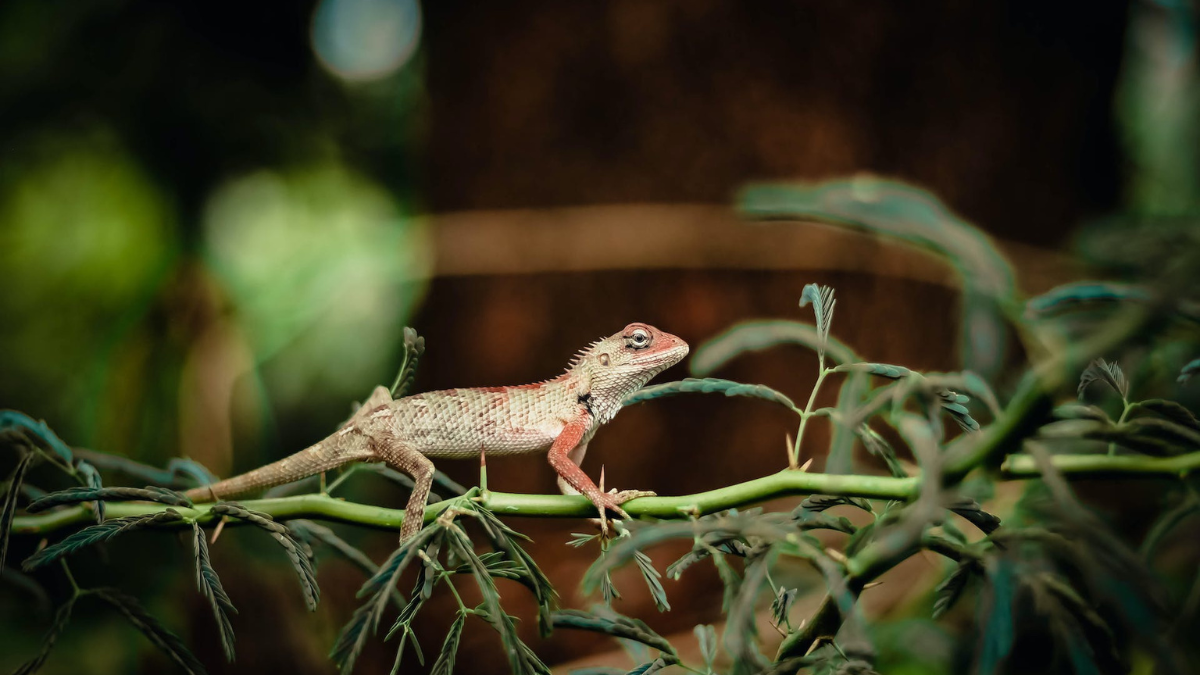Moving Exotic Pets: How to Move Exotic Pets
Your fur-less friends (or exotic pals) may be less edgy than canines and felines about the move to your new home, however, transporting them is trickier and will require extra care. Here are a few tips on how to get them from point A to B without causing a catastrophe:
Small mammals
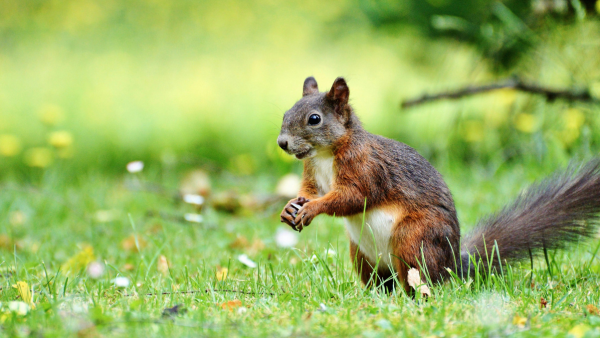
For small mammals like hamsters and guinea pigs, you should have no trouble taking them with you inside your vehicle. Remove all detachable toys and provide ample food, fresh bedding and a drinking bottle inside a leakproof cage. Line your car seats with newspapers to prevent damage and stains.
Reptiles and amphibians
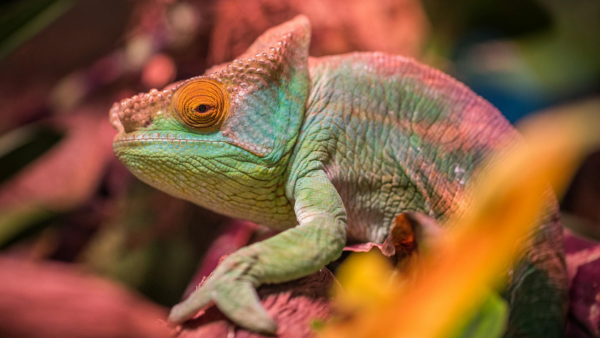
Depending on what kind of reptile you have, most reptiles are easy to move. All you need is a well-ventilated non-breakable carrier. Smaller enclosures are encouraged for short trips to reduce movement while on the road.
For reptiles that require a moist environment, you may provide moist towels on the bottom of the carrier.
Venomous reptiles are required to be placed inside two containment units. While non-venomous reptiles can be held inside a single carrier.
Keep your pet’s food and water at bay during the trip.
Transporting amphibians is very similar to moving reptiles, only a tad trickier. Some species have wet, slippery skin which makes them slosh around in their carriers during a trip. A good solution is to place a lid-less deli cup or saucer secured to the bottom of your carrier, you can situate your pets inside the small space to prevent them from being tossed around.
Line your car seats with newspapers, some blankets or towels that won’t be missed to prevent stains and possible water damage.
Birds
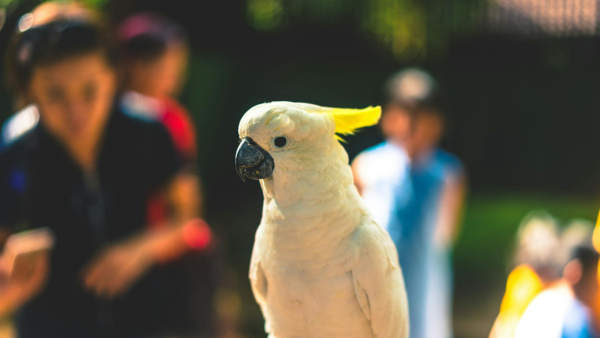
If your birdcage fits inside your vehicle, you can use this to transport your avian friends with you. But if you intend to use a different carrier, it’s best to introduce the new enclosure to your birds weeks before the move. On the day of the move, remove all toys and swings inside the carrier or cage. If you want to prevent spills and messes, you may also take away food and water from the cage, but remember to periodically feed and hydrate your pets throughout the trip. Remember to cover your car seat with newspapers to avoid stains or bird droppings from coming into contact with your upholstery. If your pets experience undue stress and start plucking their feathers after the trip, take them immediately to an avian vet.
Fish
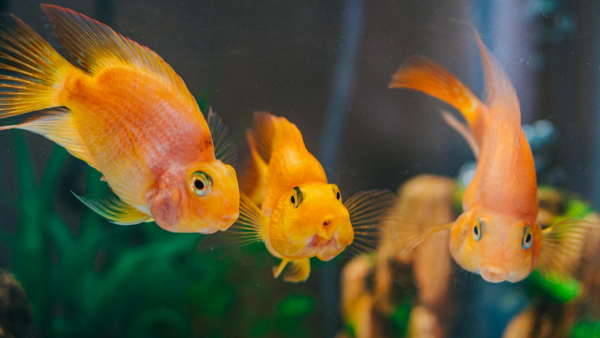
Before your move, visit your local aquatic specialist to purchase polystyrene bags and a polystyrene box to store the bags.
Refrain from feeding your fish 24 hours before the move. This will help minimise the waste inside the polystyrene bags and prevent the fish from getting stressed. Fishes can go for a few days without food, so a skipped feeding would do them no harm.
When bagging the fish, consider the size and quantity of fish to be moved. Ideally, fish should be bagged by themselves, but this can be rather troublesome when bagging schools of small fish. Try to bag fish in viable numbers to reduce stress and waste accumulation throughout the trip.
Fill a clean polystyrene bag with 25% tank water and as much as oxygen possible. Secure the bags tightly with a rubber band. Place the bags upright inside a polystyrene box and fill out the empty spaces to avoid any unnecessary movement.
Physical transporting aside, moving exotic pets comes with more paperwork than is normally required for common house pets. You may visit the Australasian Veterinary Association for more resources regarding your move.
